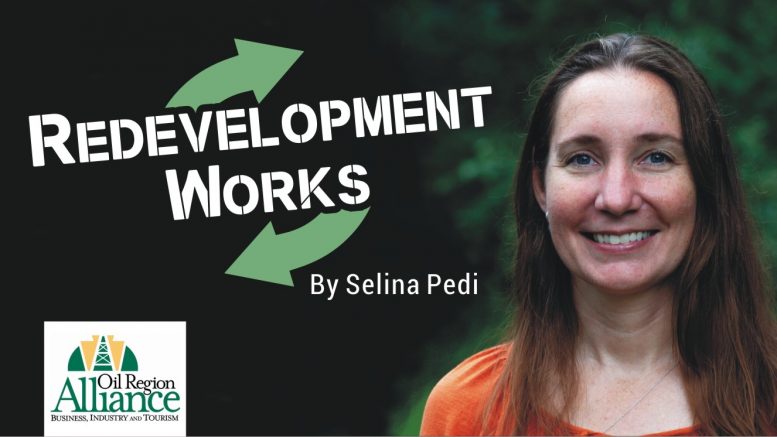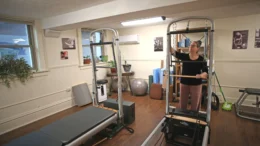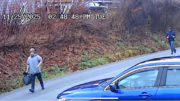I frequently talk about the concept and goals of redevelopment, but this week I’d like to step back a little and look at the even bigger picture: Community Resilience. Community resilience refers to the ability of any given community to process, adapt to, and learn from adversity and stress. Since adversity and stress are unavoidable facts of life, from extreme events such as natural disasters and violent insurrection to the more mundane ups and downs of financial markets or local politics, resilience is the ability of a community to exist as a definable community over time. This is why redevelopment projects, which focus on improving resilience, impact nearly every aspect of daily life and offer enormous potential benefits for individual communities and society at large.
Historically, the singular focus was placed on resilience as the ability to withstand or rebound from disasters. Since the late 1990s, however, researchers and practitioners have been building a body of evidence proving that resilience represents the basic building blocks of a healthy, thriving community, in good times or bad. This understanding brought with it the realization that resilience cannot be bestowed upon a community by a bureaucracy, nor does resilience begin only when fires are burning at doorsteps or political instability tips over into violence. Resilience initiatives must be undertaken continually, holistically, and with the support and active engagement of the community itself.
As with resilience, there has been a tendency for engagement – strategies for working with diverse yet interconnected stakeholders to uncover, prioritize, and resolve community issues – to be seen as something that is only relevant in times of crisis. Authentic engagement, however, cannot begin only when an organization wants or needs something specific from a community, or vice versa. Available research on community engagement in the resilience sphere, which covers topics as diverse as wildfire mitigation, public health, extractive industries, extremist violence, and sea-level rise, makes abundantly clear that the most disaster-resilient communities are those able to authentically engage and connect community members for a common purpose, shared value, or goal outside of dire circumstances.
While some communities may greatly value something intangible, such as a sense of social connectivity and togetherness, other communities might share values and goals based around the ability to protect family-sustaining jobs or support community businesses, or a strong shared desire for personal health and well-being, a commitment to social justice and activism, or a focus on environmental protection. Shared values can take many forms based on the history and culture of a community, but they are the principles and priorities that both help to define and are defined by the character of an area, and could be considered the very backbone of a community’s identity.
Here in the Oil Heritage Region, we have many individual communities with their own unique identities, yet we all meld together into one diverse yet interconnected regional community. As we authentically, intentionally engage with each other, we are able to build on our similarities and bridge the gaps between our differences. We are able to find the values, priorities, and goals we all share – and realize lasting resilience.
Selina Pedi is the Oil Region Alliance redevelopment manager. She can be reached by email at spedi@oilregion.org.































